The owl is a fascinating bird of prey known for its distinctive upright stance, large broad head, and highly developed senses. With exceptional microscopic vision, acute hearing in both ears, sharp talons, and feathers adapted for silent flight, owls are remarkable nocturnal hunters. They are found across almost every part of the world except polar ice caps and some remote islands. Throughout history and across various cultures, owls have captured human imagination, often symbolizing warnings of doom, wisdom, or even illness. Despite their eerie nocturnal habits, owls are efficient predators of mice and other rodents, playing a crucial role in maintaining ecological balance.
While many people can easily identify an owl by its round face, hooked beak, and large, sharp eyes, distinguishing between different owl species can be challenging. Even scientists sometimes struggle to classify some owls into the correct family group. For instance, barn owls are distinguished by their heart-shaped facial disc, whereas typical owls have a round facial disc. These features, combined with their excellent night vision and impressive hearing, make owls well-suited to their nocturnal lifestyle.
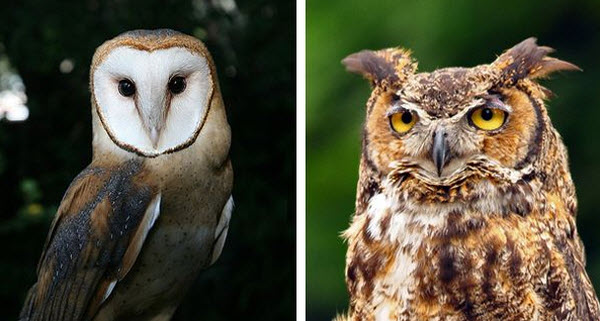
Owls possess extraordinary hearing, capable of detecting a mouse moving on a twig from 23 meters away. They have large ear openings on either side of their head, and their facial disc helps direct sound to these ears, which are incredibly sensitive. Additionally, their excellent night vision is due to their large eyes, which are well-adapted to capture available light. Owls lack eye muscles that allow them to move their eyes, so they must turn their entire head to follow prey, a maneuver facilitated by their flexible necks that maintain blood flow to the brain. This fixed gaze allows owls to focus better, as they see with both eyes in the same direction. Despite appearing to turn their heads fully, most owls can rotate their heads up to 270 degrees in either direction. They are adept at seeing long distances but have poor short-range vision, relying on their acute hearing to locate prey, even in complete darkness.
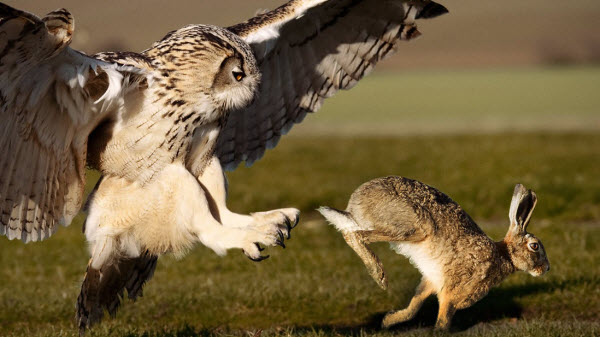
Owls also exhibit a silent flight, thanks to their specialized feathers with soft edges that minimize noise. This silent flight is crucial for hunting, allowing owls to swoop down on prey without detection. The only exception is hunting over water, where silent flight is less critical.
Some owls thrive in cold climates, while others inhabit deserts or fields. For example, barn owls, which hunt in open spaces, have longer wings for better maneuverability in large fields. Conversely, long-eared owls live in forests and have smaller wings adapted for navigating around trees in tropical rainforests.
At night, owls fly low to the ground in search of prey, which includes insects, rodents, and occasionally small birds and fish. Larger owls can even attack small deer, hares, and foxes. Although owls may compete for food and territory, different species can coexist in the same area by hunting at different times of day or night. For instance, the great grey owl, the Eurasian eagle owl, and the tawny owl inhabit overlapping ranges but have different hunting habits and prey preferences.
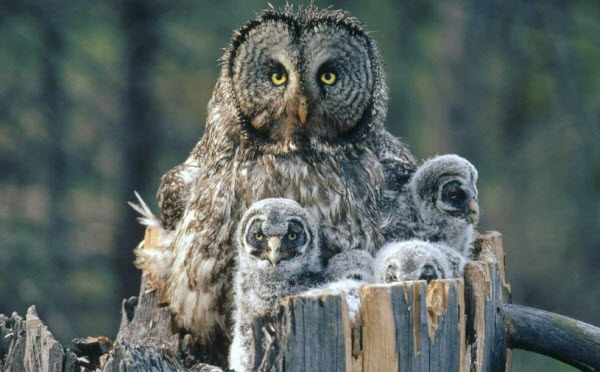
Owls do not have teeth and cannot chew their food, so they tear their prey into pieces or swallow it whole. Indigestible parts, like bones and fur, are later regurgitated as pellets. Analyzing these pellets can reveal an owl’s diet.
One way to locate owls is by listening to their calls on a quiet, clear night. During the breeding season, owls are particularly vocal, with their calls often being loud and alarming. Owls can intimidate intruders by puffing up their feathers and hissing, and they are known to be opportunistic nesters, often using abandoned nests of crows, hawks, or even squirrels. In treeless areas, owls may nest on the ground or in burrows.
Courtship in owls involves overcoming their natural fear of each other. Males may present food offerings to attract a female, who is usually much larger. It may take several hours for the female to overcome her fear and approach the male. The number of eggs laid depends on food availability: two to three eggs in scarce food conditions or up to six or more when food is abundant. Chicks generally hatch after two days, with older ones receiving more food, ensuring the survival of at least some in times of scarcity.
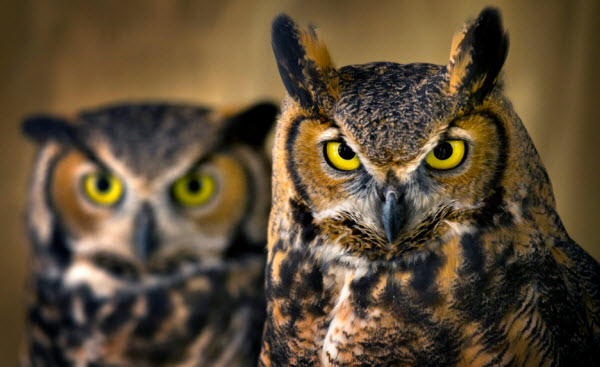
Young owls receive excellent care from their mothers for about three months, during which they are fed, protected from predators, and taught to fly and hunt. Parents also assist in rearing the young, including incubating eggs and bringing food to the family. By around six months, most owls resemble their adult forms.
Whether living in cities or rural areas, owls help control rodent and insect populations. However, they often face hostility from humans, who may directly hunt them or indirectly harm them through pesticide use and habitat destruction. To protect owls, alternative pest control methods should be considered, and legal measures should be in place to prevent hunting and poisoning. In urban areas, nesting boxes can help owls thrive, and we must remember the important role owls play in our ecosystems and work to ensure their future.
Identification Card
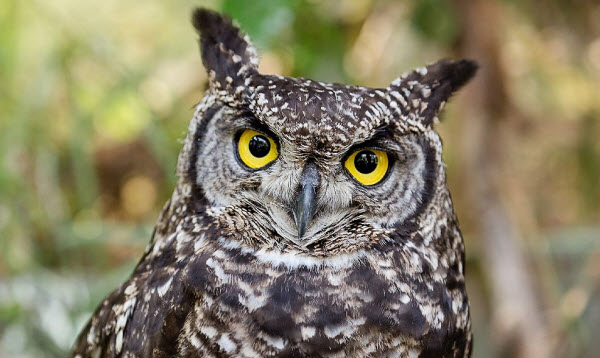
- Class: Birds
- Order: Strigiformes
- Family: Owls
- Species: Typical owls (189 species) and Barn owls (16 species)
- Egg Count: 1 to 14, depending on food supply; average 2 to 6
- Incubation Period: 15 to 35 days, depending on species
- Height: Typical owls range from 13 to 71 cm; Barn owls range from 23 to 53 cm
- Weight: Typical owls weigh between 42.5 grams and 4 kg; Barn owls weigh between 227 grams and 1.36 kg
Quick Facts About Owls
- Owls have a reversible outer toe that can face forward or backward, ensuring a secure grip on prey.
- Satellite tracking studies show that snowy owls have an enormous range, with some birds traveling over 1287 kilometers in just 11 days.
- Most owls live in trees, but some species inhabit underground burrows.
- The Arctic is home to snowy owls, which have thick, warm feathers that cover their heads and feet, providing effective insulation against cold winds and freezing temperatures.
